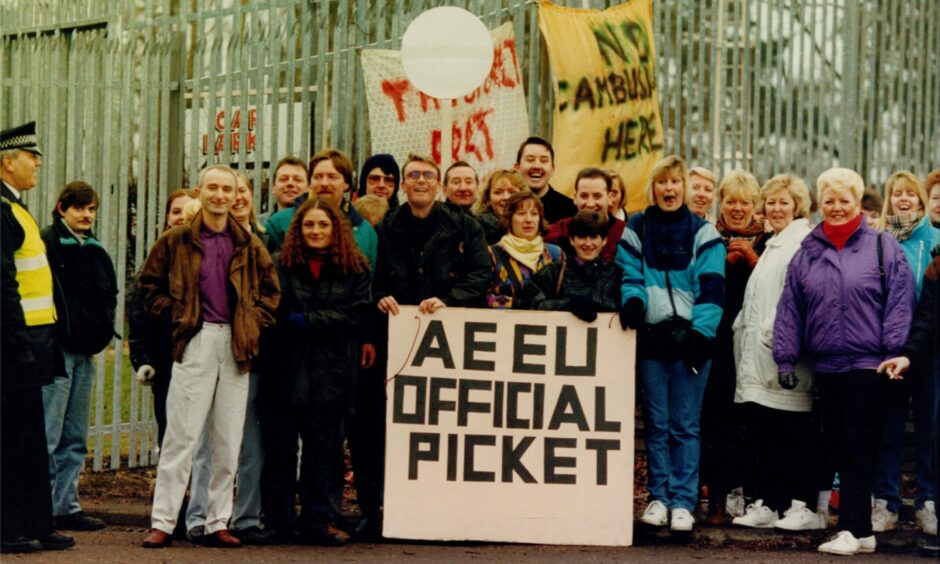
The Timex strike of 1993 was a David-versus-Goliath battle that brought violent clashes and left a deep scar on many communities.
The US watch-maker giant came to Dundee in 1946 because it offered everything the company desired: a clean atmosphere and, above all, an efficient and reliable workforce.
In the late-1940s the Milton of Craigie factory complimented the Camperdown watchmaking supply, delivering a constant stream of precision component parts.
In one six-month period in 1952 monthly output was increased from 17,000 finished articles to 50,500 pieces and the workforce was in excess of 2,500 by the mid-1960s.
Further expansion by Timex led to the taking over of premises in Dunsinane Avenue and through the 1970s the boom continued with total employment reaching 6,000.
By the end of the 1970s, the American business had started to feel the pinch of the global recession and the relentless pressure of cheap imports of digital watches.
Thanks to the quality of the workforce, however, Timex found sub-contract work in new technologies in the 1980s, such as the Nimslo 3D camera and Sinclair computers.
Nimslo decided to cease production of its 3D camera in 1983 and Timex also called time on its traditional watch-making operations with the combined loss of 1,900 jobs.
The Milton of Craigie plant was eventually wound down, closed, sold off and bulldozed in 1988, and Dunsinane was closed and torn down in 1991.
The unions tried to negotiate
An order from IBM was then cut back in 1992 and Timex management asked for 110 people to be laid off.
The very timing of the announcement – Christmas Eve – was deemed utterly heartless.
The unions tried to negotiate but agreement wasn’t reached and in January 1993 343 hourly-paid workers, many with decades of service, went on strike.
Weeks later, management – led by Peter Hall – dismissed a return-to-work offer by the unions, locked them out of the factory, then sacked them when they refused to accept reduced conditions to return.
But things turned ugly when the American company started bussing in replacement workers.
There was violence, arrests and injuries as the angry dispute escalated.
On Monday March 22 1993, the picket line descended into chaos as the protesting Timex workers attempted to block two grey buses taking workers through the gates.
The Evening Telegraph printed photographs showing the chaos, with police dragging people from the road, allowing the buses to inch slowly into the factory compound.
Fourteen people including Tommy Sheridan were arrested and a policewoman was injured after being struck on the foot by a bus while trying to keep back the pickets.
Around 600 demonstrators from all over Britain travelled to Dundee to lend their support to the sacked workers in April 1993.
They spilled from coaches and cars which brought them from Aberdeen, Yorkshire, Manchester, Sheffield, Newcastle, and even as far as London.
A total of 1,000 protesters gathered at the main gates of the Timex factory in Harrison Road.
A “substantial” police presence marshalled the event — many of the officers from forces outwith Dundee — and, in all, three people were arrested, after scuffles broke out between protesters and police.
Another mass demonstration on May 17 1993 involving thousands at Camperdown Park descended into some of the worst picket line violence seen and resulted in 38 arrests.
Local union officials were saddened by the behaviour and blamed it on “outsiders”.
Vice-convener of shop stewards William Lesslie said: “We said before we came here that we wanted people to abide by the discipline of the picket line and respect our wishes for a passive but noisy demonstration to show support for the Timex workers.
“Unfortunately some of them have not done so.”
American singer added her voice
The great folk doyenne Joan Baez sent a message of support to sacked Timex workers and apologised for not being able to visit the picket line during a visit to Scotland.
In a telephone call to Scottish TUC officials, she said: “I am calling to offer my solidarity with the sacked workers at Timex in Dundee.
“I am sorry my short visit to Glasgow didn’t allow time to get to the picket line, but they have my support and best wishes for success in their struggle.”
Bill Speirs, deputy general secretary of the STUC, said: “The interest she has taken is an indication of the extent to which the behaviour of Timex management is becoming known far beyond Britain, never mind Dundee.
“I am equally sure that it will send another message to the Timex management that the formerly good name of their company is now being dragged through the mud around the world.”
On June 14 there was jubilation on the picket line when company chief executive Peter Hall resigned his post after two years in charge at Dundee.
“I was painted as the bad guy, the guy with the horns,” he said.
“It’s not much of a surprise to me that I was branded the evil one.”
The end was in sight in June 1993
The closure of the Harrison Road plant by Christmas was announced when talks between Timex management and union chiefs broke down again.
On June 19, a demonstration and march was described by the Tele as having a “carnival air” about it.
Unlike earlier gatherings, there was no trouble during the 90 minutes it took the crowd to pass the factory on their way to a rally at Camperdown Park.
Deacon Blue frontman Ricky Ross told the crowd he had been to Camperdown for many things, but “this is definitely the best Camperdown Park has looked for me”.
It went on for months but, in August 1993, the factory shut.
The last of the work had gone off to a Timex plant in France and by this time, of course, the Dunsinane and Milton factories were long gone.
“Our orderly rundown of operations in Dundee is now complete,” said a company statement.
“We have been working with our customers, transferring their business to other manufacturers, and this has been completed.”
A pledge was made to continue the dispute — including the picketing of newly opened Timex premises in Forfar — in earnest.
One of the main leaders of the campaign against Timex said that everywhere the company had a presence, their supporters would be there.
Dundee East MP John McAllion confirmed the campaign would receive continuing support from both him and Dundee West MP, Ernie Ross, and told pickets there was still widespread support in Westminster for the protests against Timex.
Despite picketing Timex factories in the USA and Europe, the union officially ended the strike on October 15, when 95% of the sacked workers accepted redundancy.
Former Timex employees put together an exhibition at Dundee University in 2006 which focused on the trade union campaigns to stop the eventual closure.
Timex owner Fred Olsen made sure he had the last word and sent a letter for inclusion in the exhibition which stated he actually should have closed the factory in 1983.
In his letter Mr Olsen said Timex in Dundee had continued long after the company had any need for its watch production capacity.
He said Timex had invested in other products and in new machinery to keep the plant going but it was to no avail.
“Some of the shop stewards were, in addition, not helpful, blaming management -sometimes correctly – but unfortunately the shop stewards saw their role as actively fighting what the company was trying to do,” he said.
“Believe it or not, both sides’ aim was in reality to continue the operations.
“The final crescendo with ‘black labour’ and picket lines that stayed there for weeks on end was the most miserable of sights.
“I came to see for myself and asked to have everything closed down – 10 years too late.”
Mr Olsen said the bill for everything the company did in association with the final days of the Dundee plant was at least $100 million.
“What is the lesson from this?” he asked.
“Never try to keep a plant open after it has lost the business for which it was built.
“No one will ever thank you for it; quite the opposite, you will be blamed for trying.”
Ultimately, there were no winners.
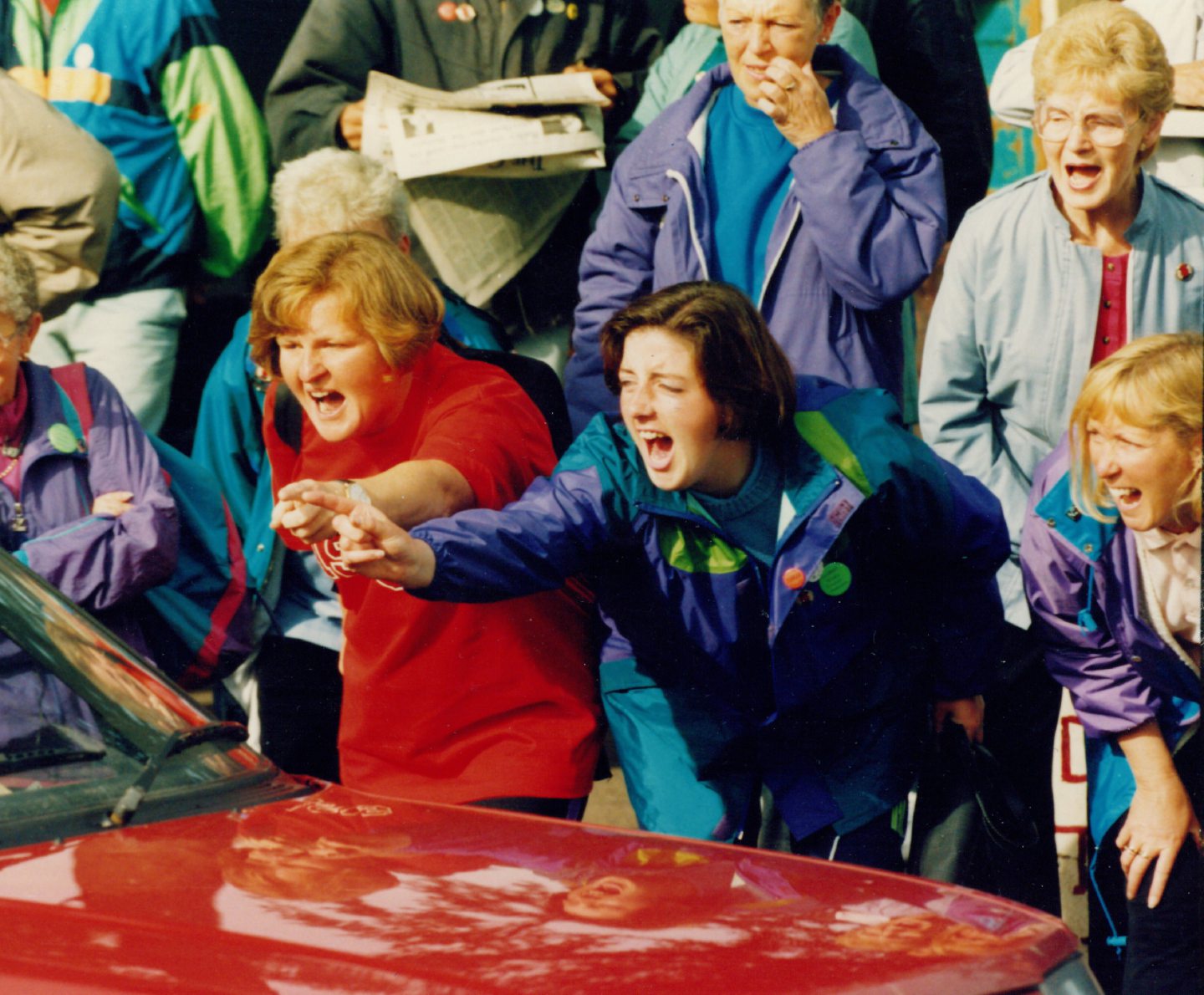
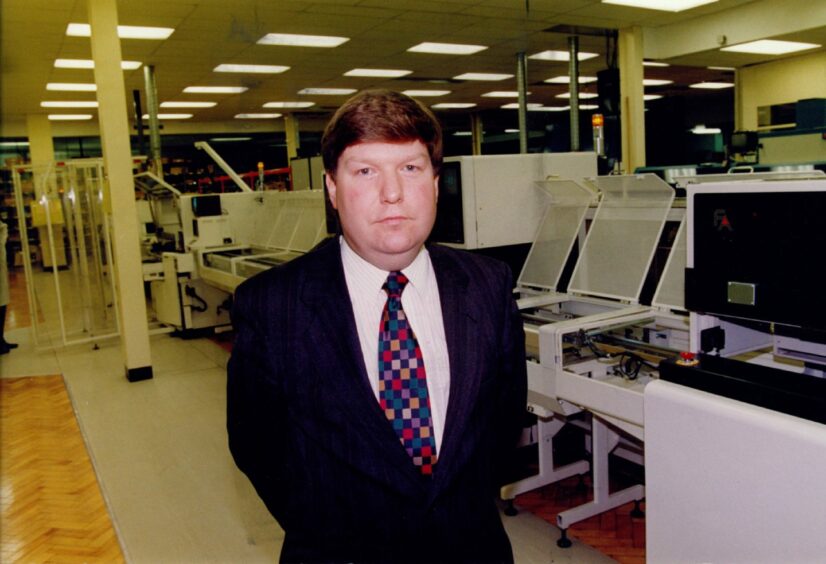
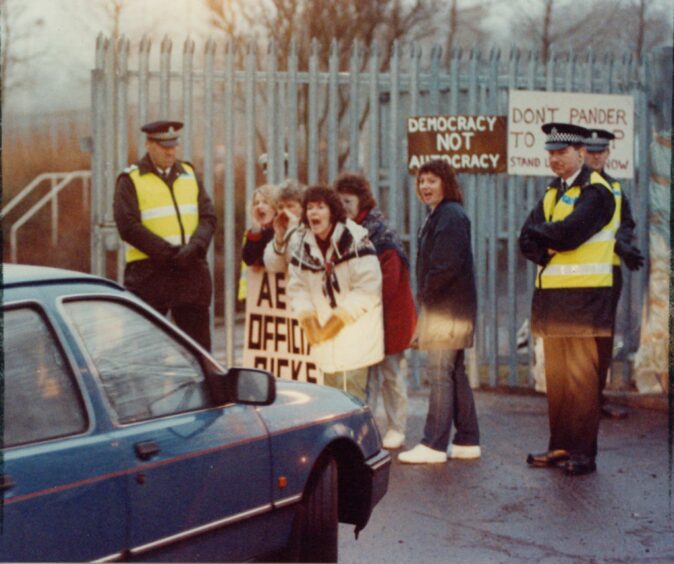
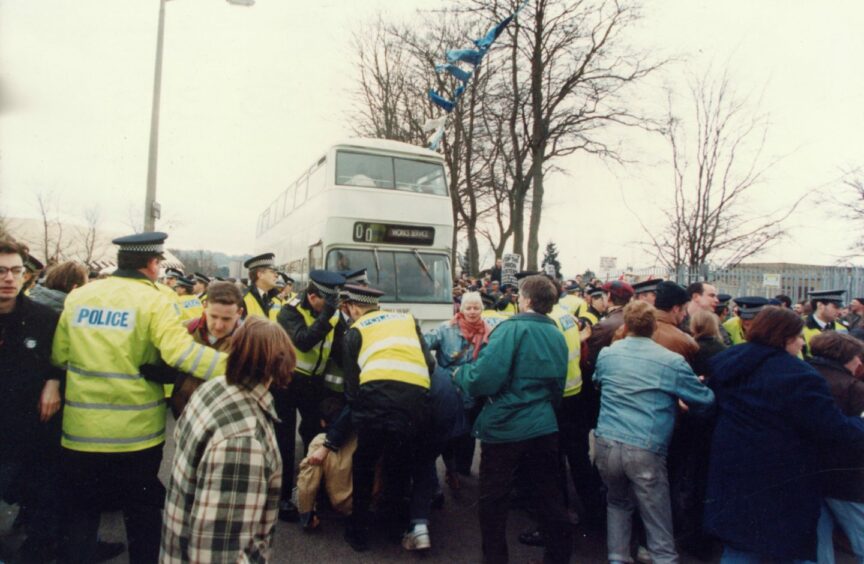
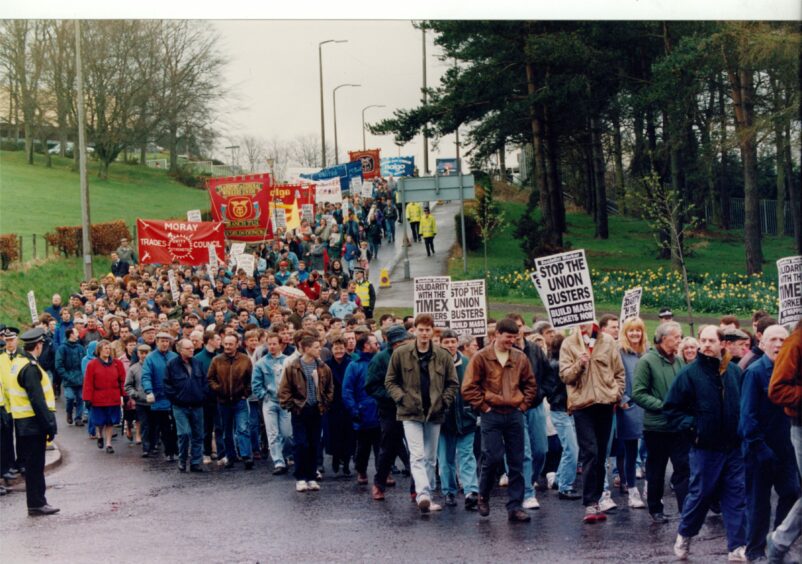
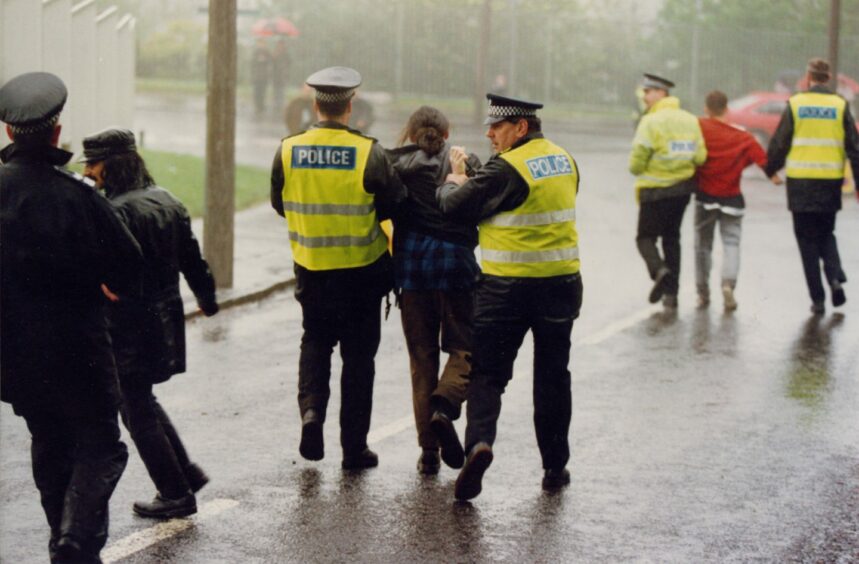
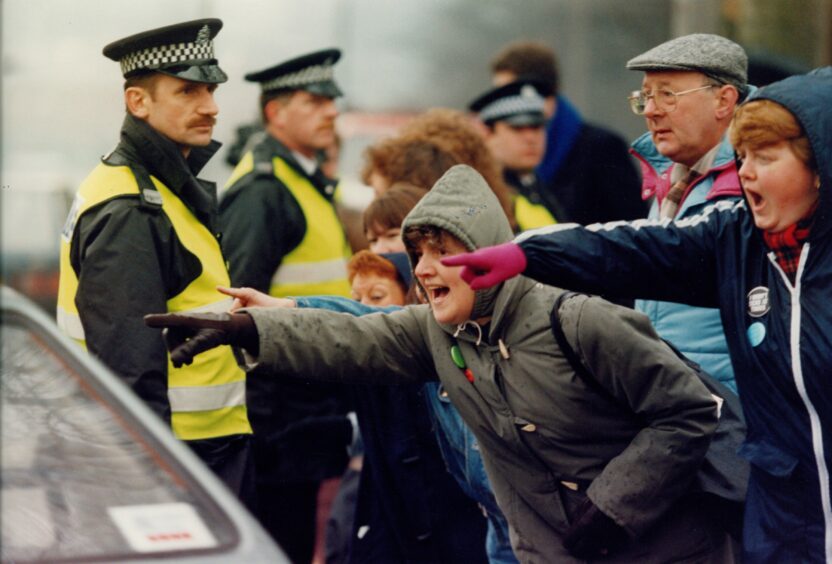
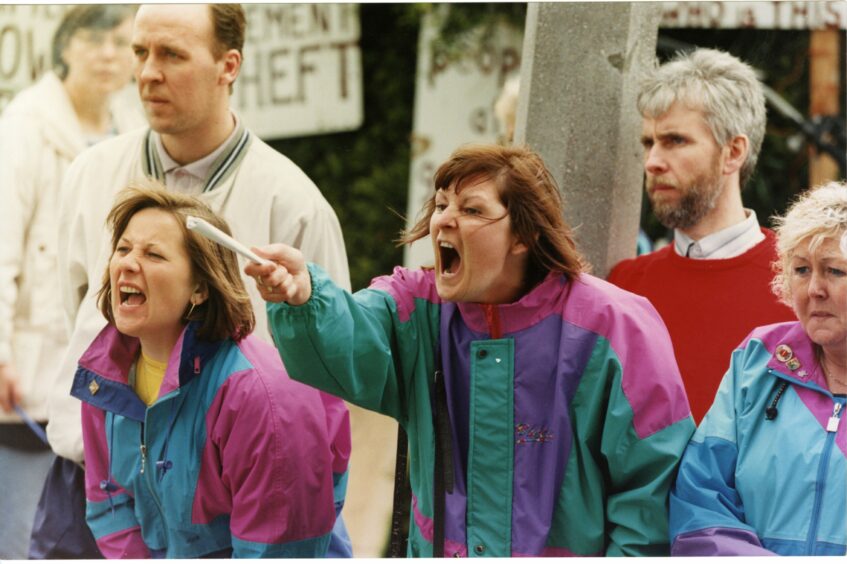










Conversation